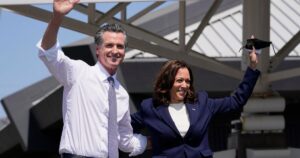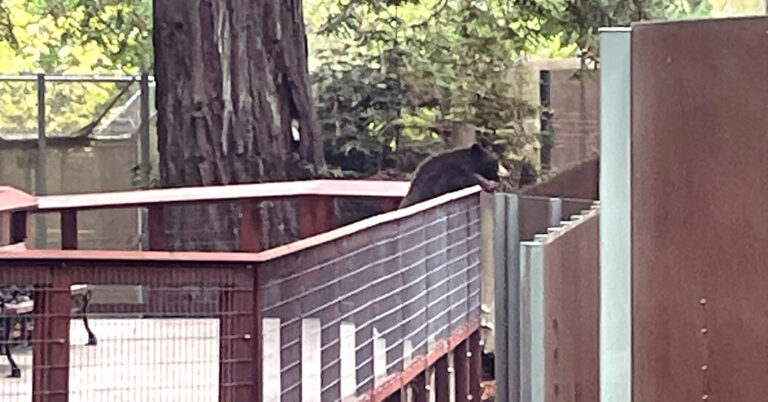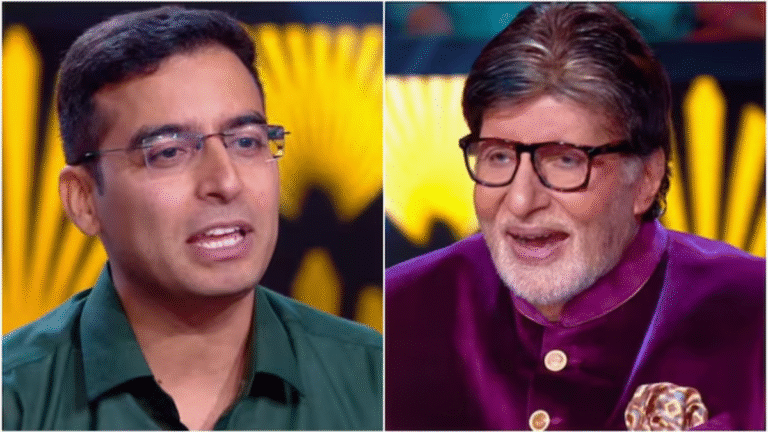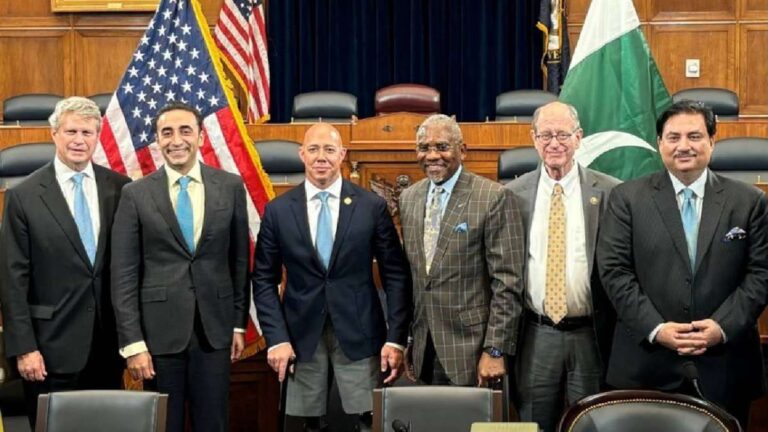But despite the initial outburst of international support for India after the Pahalgam terror attacks, India’s diplomatic apparatus came in for some tough questioning. This has largely stemmed from the American role, and Donald Trump’s projection of America’s role.
Five features of Trump’s repeated statements stand out. He has insisted that US mediation brought about the ceasefire. He has hinted that the conflict was on the verge of going nuclear. He has bragged that he used trade as a lever to force both sides to stop firing. He has claimed that India and Pakistan have been fighting for 1,000, even 1,500, years. And he has equated India and Pakistan, and India and Pakistan’s prime ministers (PMs) while positioning himself as the peacemaker. India has, of course, rejected all of Trump’s claims, politely.
Trump has undoubtedly damaged India’s established diplomatic and strategic positions. But this damage is potentially reversible. Trump may move on to the next issue. The US system may either walk back quietly on the claims or let it slide into obscurity. None of the claims will have any material impact since India is not going to sit with Pakistan for talks, or allow any mediation, or allow any linkage of trade matters with Kashmir. In any case, despite Trump’s post-facto penchant for credit-seeking, the US was still more supportive of India’s position than many others, including at the UN Security Council. And US-India cooperation will continue to span key domains given India’s centrality in the Indo-Pacific, the high possibility of a trade deal, and progress in tech cooperation, thus making this India-Pakistan re-hyphenation a fleeting Trumpian fad rather than an enduring American diplomatic feature.
Indeed, India has often succeeded in diplomatically managing Trump by avoiding the bait, absorbing barbs quietly, while negotiating in private and keeping an eye on the big picture dictated by national interest. But what’s different this time is that Trump has violated Indian diplomatic red lines and may have publicly and politically harmed PM Narendra Modi.
To the PM’s base, it appears that American pressure forced the government to backtrack and, therefore, miss what, to their mind, was a sure and decisive victory. To sceptics of the US in both the ruling dispensation and the Opposition, it appears like further evidence of the shrinking of Indian autonomy because of the strategic embrace of the US. To many policymakers, the episode has triggered older fears about American unreliability and the American habit of using leverage in the non-security domain to push on the security front, a sentiment that may well translate into bureaucratic jamming of the system when it comes to the relationship. There is now a real political trust deficit in the relationship. Overcoming it will be hard but given that India’s economy and security requires America, Modi may well want to find other ways to make up for any lost political ground and move beyond the current chapter with the US.
But moving beyond this chapter requires a review of what could have been done better. And Indian diplomacy may well want to re-examine its assumptions about Trump and its operations in Washington DC.
India’s biggest analytical mistake may have been assuming that New Delhi was immune to Trump’s ruthless disregard and insensitivity for the political realities of others. New Delhi appears to have believed that early engagement with Trump, the shared dislike for liberals, the personal relationship between the two leaders, public silence on Trump’s uncomfortable statements, flattery, underlining of the shared convergence on China, maximum flexibility on policy issues such as trade that Trump could claim as wins, and tweaks on business issues that mattered to people who seemed important to Trump in his first month in office — for instance Elon Musk — would be enough to see India through the Trumpian years.
India’s biggest operational miscalculation was not using all the equities it had (for instance, why did a Modi-Trump call not happen during the course of the operation or on the last day?); not making sufficient inroads in DC with all of Trump’s close aides, including business associates, and the vast network that comprises the Make America Great Again coalition; and failing to remain connected with the wider DC public sphere. That is why it was caught by surprise at the turn of events. The Indian embassy has just hired a lobbyist, a former Trump aide called Jason Miller, for $1.8 million a year, making it probably the single most expensive personnel hiring contractual decision by the government of India. But lobbyists can’t make up for absent diplomacy on the ground. Instead, it appears that Pakistan’s strategic investment in Trump’s financial world was underestimated and that may well have paid off.
Managing Trump would have meant handing him a narrative win by casting this as a battle against Islamist terrorism in which he and Modi were partners. Instead, Pakistan was happy to hand Trump a narrative win as he cast himself as a peacemaker. Managing Trump would have meant understanding the financial maze that underpin strategic decisions in an extremely compromised American political system and making the right investments. But fundamentally, managing Trump would have meant being a realist, in private and public, about the possible risks he posed to Indian interests. When realists harbour illusions about the intentions of other actors, and when they fail to work on the ground, the price is often high.












